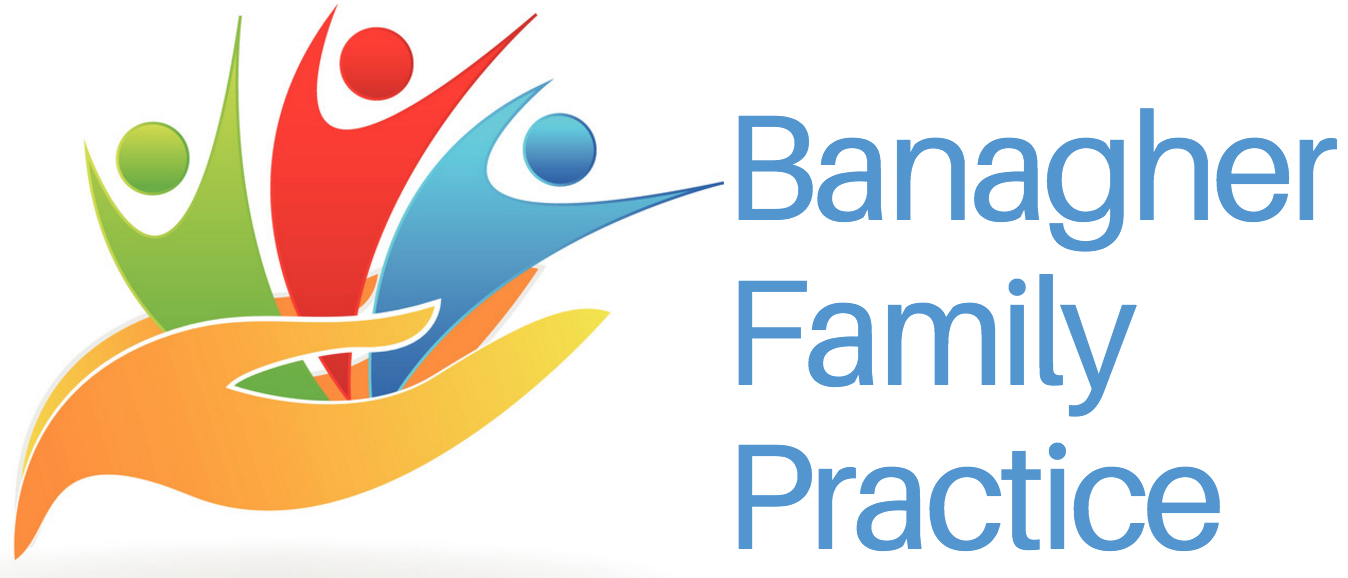Hand, foot and mouth disease is generally a mild illness caused by the coxsackie virus. It is not a serious illness and has nothing to do with the animal disease called foot and mouth disease. It mainly occurs in children from 6 months to 4 years but can also occur in older children and adults.
What are the symptoms?
• Coxsackie virus infection may cause no symptoms at all or only very mild symptoms.
• When symptoms do occur, they include blisters that start as small red dots which later become ulcers. Blisters appear inside the cheeks, gums, and on the sides of the tongue, as well as on the hands and feet. In infants, sometimes blisters can be seen in the nappy area. Blisters usually last for seven to 10 days.
• Children can sometimes have a low fever, sore throat, tiredness, feel off colour and may be off their food for a day or two.
How is it spread?
• Hand, foot and mouth disease is usually spread by person-to-person contact. The virus is spread from the faeces of an infected person to the mouth of the next person by contaminated hands. It is also spread by secretions from the mouth or respiratory system, and by direct contact with the fluid from blisters.
• It usually takes between three and five days after contact with an infected person before blisters appear.
The virus can remain in faeces for several weeks.
Who is at risk?
The viruses that cause hand, foot and mouth disease are common and adults including pregnant women are often exposed to them without symptoms. There is no clear evidence of risk to unborn babies from hand, foot and mouth disease. However, infected mothers can pass the infection onto newborn babies who rarely can have severe disease.
Outbreaks may occur in child care settings.
How can the spread of infection be prevented?
Wash hands often especially after caring for your child.
Avoid sharing cups, eating utensils, items of personal hygiene (for example: towels, washers and toothbrushes), and clothing (especially shoes and socks).
Ensure the mouth and nose are covered when coughing and sneezing. Wipe the nose and mouth with tissues, dispose of used tissues and then wash your hands.
Children with hand, foot and mouth disease should be excluded from school or childcare facilities until their blisters have dried. Hand, foot and mouth disease is not notifiable. However, to help prevent spread, parents should report the illness to the director of the childcare centre or school principal.
How is it treated?
Usually no treatment is needed. As it is a virus, antibiotics are not helpful. Paracetamol or Neurofen will relieve fever and discomfort. Do not give children aspirin. If the headache is severe, or if fever persists, consult a doctor.
The fever & discomfort are usually gone in 3-4 days. The mouth ulcers are usually gone in 7 days. The rash on the hands and feet can last up to 10 days.
Avoid giving citrus, salty or spicy foods and foods that need much chewing. Change to soft diet for a few days and give plenty of small frequent sips of clear fluids. For babies use a spoon, dropper or cup if your baby does not want to suck from a bottle
When should I call the doctor?
Call immediately if your child has not urinated for more than 8 hours your child cannot swallow or the neck becomes stiff, your child becomes confused or delirious or your child becomes hard to awaken completely
Call during regular hours if your child is not drinking much the fever lasts more than 4 days the mouth pain becomes severe gums become red swollen or tender you feel your child is getting worse.
